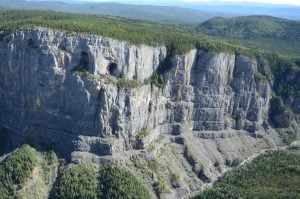
Exploration
Why cave exploration matters
2022 is the International Year of Caves and Karst. Here’s why you should care about the hidden worlds beneath our feet.
- 2517 words
- 11 minutes
Exploration

MATHIEU DA COSTA
1589-1619 | Quebec City
Explorer and multilingual interpreter who was the first recorded free black person in Canada. Worked with European traders, explorers and Indigenous groups, possibly travelling with Samuel de Champlain.
ÉTIENNE BRÛLÉ
1592-1633 | Upper Canada

Interpreter and guide, and the first European beyond the St. Lawrence. As the first Frenchman to live with Indigenous Peoples, he ranged widely around the Great Lakes region with members of his adoptive Algonquin community.
PIERRE-ESPRIT RADISSON
1636-1710 | Trois-Rivières
Fur trader and explorer for both France and England. Early in his career, was captured by and assimilated into an Iroquois community, later surviving torture after a failed escape. Eventually co-founded the Hudson’s Bay Company.
PIERRE GAULTIER DE VARENNES,
SIEUR DE LA VÉRENDRYE
1685-1749 | Trois-Rivières, Que. / Montreal
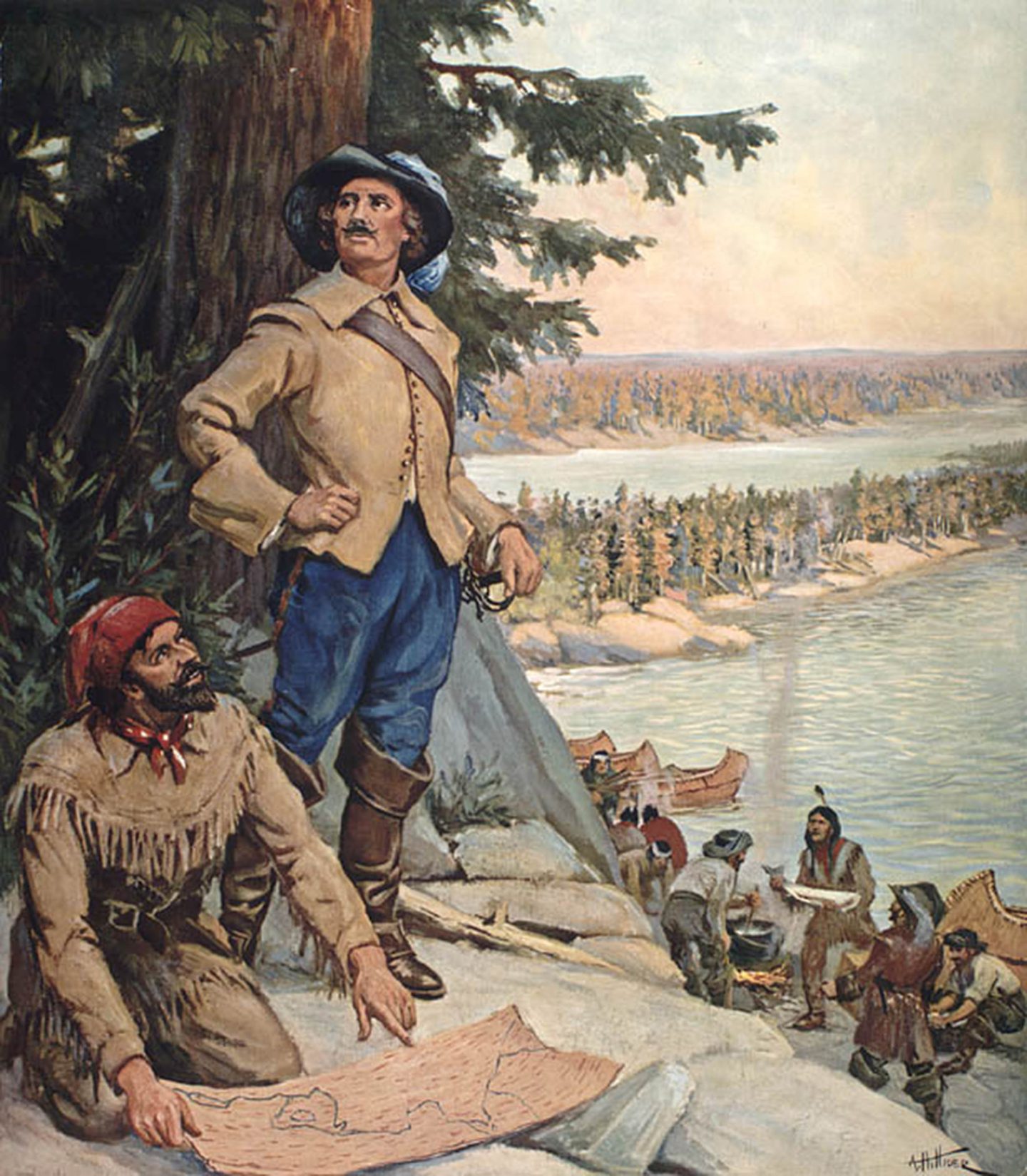
JOSEPH LAFRANCE
1707-45 | Fort Michilimackinac, Que.
Métis fur trader who explored inland routes between Montreal and York Factory, on Hudson Bay. Estimated to have canoed more than 27,000 km throughout Canada over his career.
SAMUEL HEARNE
1745-92 | Northern Man. / Northern Sask.
The first European to reach the Arctic Ocean and Northwest Passage by an overland route, part of an otherwise entirely Dene party. Went farther North than any other European at that time.
JACQUES RAPHAEL FINLAY
1768-1828 | Northeast Saskatchewan
Métis scout and interpreter who guided David Thompson across the Continental Divide and located the Columbia River.
PETER FIDLER
1769-1822 | Fort Dauphin, Man.

HBC surveyor and fur trader who mapped regions from Hudson Bay to Lake Athabasca and the Rockies. Overwintered with a Chipewyan community, learning their language.

FRANÇOIS BEAULIEU II
1771-1872 | Salt River, N.W.T.
Yellowknife tribal chief, Arctic guide and advisor to both Alexander Mackenzie and John Franklin; was the reason Franklin’s 1825 Arctic expedition was the most successful of its time.
MARIE-ANNE GABOURY
1780-1875 | Maskinongé, Que.
First woman of Euro-descent to travel to Western Canada, living on open plains with her husband, other voyageurs and Indigenous Peoples. Settled in Red River, Man. Was Louis Riel’s grandmother.
ERLAND ERLANDSON
1790-1875 | Port Hope, Ont.
A Danish sailor and HBC clerk who, with Indigenous guides, became the first European to travel by land across the Labrador Peninsula, crossing from the Hudson Strait to the Atlantic.
GUY LALIBERTÉ
1959- | Quebec City
Founder of Cirque du Soleil and the first Canadian space tourist, visiting the International Space Station and returning aboard Soyuz TMA-14. He dedicated his journey to raising awareness of water issues affecting Earth.
JILL HEINERTH (FRCGS)
1965- | Carleton Place, Ont.

A leading cave diver and documentarian, and the first person to enter and film Antarctic iceberg-cave ecosystems. She has gone farther into underwater caves than any other woman, and created the first 3D underwater cave system map.
MARIO RIGBY
1985- | Toronto

Walked and kayaked south to north across Africa to highlight the continent‘s communities, and cycled Canada west to east to encourage greater diversity in exploration and the outdoor industry.
ADAM SHOALTS (FRCGS)
1986- | Fenwick, Ont.
A solo northern explorer, naturalist and author who completed a 3,000-km-plus journey across Canada’s Arctic, a strenuous exploration of the Hudson Bay Lowlands’ Again River and more. Has been called Canada’s Indiana Jones.
Are you passionate about Canadian geography?
You can support Canadian Geographic in 3 ways:

Exploration
2022 is the International Year of Caves and Karst. Here’s why you should care about the hidden worlds beneath our feet.
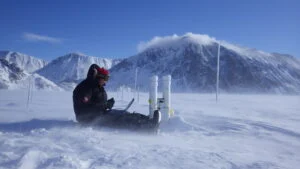
Science & Tech
Celebrating Canadian Innovation Week 2023 by spotlighting the people and organizations designing a better future
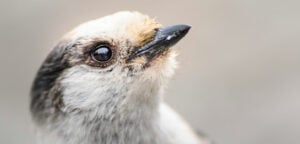
Wildlife
Canada jays thrive in the cold. The life’s work of one biologist gives us clues as to how they’ll fare in a hotter world.
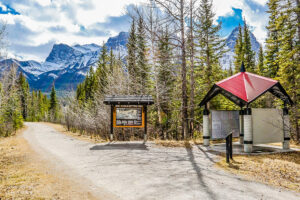
Travel
The trail started with a vision to link Canada coast to coast to coast. Now fully connected, it’s charting an ambitious course for the future.